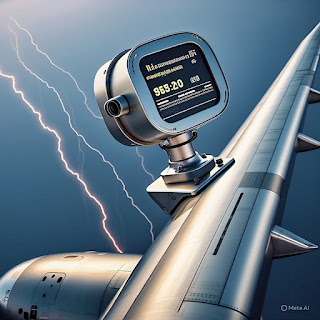Faurecia advances biocomposites, recyclability, reduced CO2 and sustainability in automotive
Faurecia advances biocomposites, recyclability, reduced CO2 and sustainability in automotive
Faurecia is advancing sustainability within its four business groups: Seating, Interiors, Clean Mobility and Electronics. Across these divisions, the company aims to reduce the CO2 footprint of the materials it uses by 87% by 2030, developing them based on three pillars: use less, incorporate recyclable and recycled materials and create alternatives to petrol solutions, with no impact on cost.
the company created a new cross-functional division, Sustainable Materials, to further develop and manufacture cutting-edge sustainable and smart materials and fulfill these sustainability objectives. Leveraging ultra-low, negative CO2 emission materials, as well as materials integrating thermal, acoustic and biomedical technologies found under the Interiors and Seating Groups portfolios, the Sustainable Materials division seeks to work across Forvia Faurecia’s business groups to propose a low-CO2 cockpit and CO2-negative materials to OEMs.
Following these advancements, Faurecia has announced plans to build a dedicated Sustainable Materials R&D Center and a pilot plant, both to be operational by 2023, with a sales target of €2 billion in 2030.NFPPs are also optimal for creating interior parts in a wide variety of finishes, according to Faurecia, including making the natural fibers visible. The NFPP range can be integrated with all of Faurecia’s latest solutions for vehicle interiors, including radiant panels, smart surfaces and decorative lighting.
NAFILean, launched in 2011, is a recyclable, lightweight natural fiber material that uses hemp fibers. This biocomposite “meets OEMs’ performance and safety requirements,” says Laurence Dufrancatel, innovation materials manager and Sustainable and Smart Product Line core team member in a on the subject. She also notes that a number of biofibers are suitable (like linen and bamboo). The NAFILean family of products has evolved over the years and continues to do so.
“The NAFILean range has grown from one product in 2011 to four today, with a next generation in the works,” says Dufrancatel. “Each of these improves on the ‘parent product’ by lowering CO2 emissions, reducing weight or opening possibilities for more uses. The original NAFILean products are on average 25% lighter than their conventional counterparts, and save around 28% in CO2 emissions.”




Comments
Post a Comment